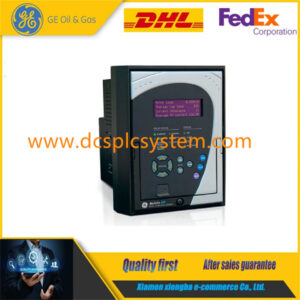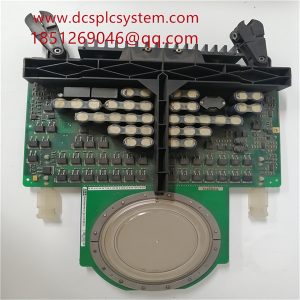Description
SPHSS03 Series Implantable Controllers
SPHSS03 series embedded controllers are constructed using a combination of building block type modules, which are basically divided into two categories: main modules and input/output interface modules. They are embedded in the interactive dovetail groove way, which is easy to assemble and disassemble, but also sturdy and reliable. Each main module can be embedded with one or two input/output interface (I/O) modules, and the number of control points of each I/O module is up to 16 channels. That is, each main module is up to 32 channels.
The program of SPHSS03 needs to be simulated and debugged before the assembly and unification. With the analog switch mounted on the plc to simulate the state of the input signal, with the output point of the lamp simulation of the controlled object, after checking the program is correct, the plc will be connected to the system to carry out the general assembly of the unified adjustment, if the unified adjustment is not up to the target requirements can be adjusted to the hardware and software, all the end of the debugging, the general program will be cured in the eprom box with a long memory function for long-term preservation.
SPHSS03 embedded controller’s main module, according to different application requirements, embedded in a variety of models of embedded system modules (SOM), SOM that is “System On Module” for short, it is a complete MCU system module. According to different “SOM”, it has:
1 – 8 to 32 configurable switching or analog I/O signals.
2 – A wide range of communication interfaces, such as RS232, RS485, CAN, USB, LAN, etc.
3 – Choice of memory card (MiniSD) as external data memory for the user.
4 – LCD display and keyboard touch screen interface function selection, can constitute the human-machine operation interface.
5 – Selection of bus expansion interface, which allows the controller to be expanded with more control points.










